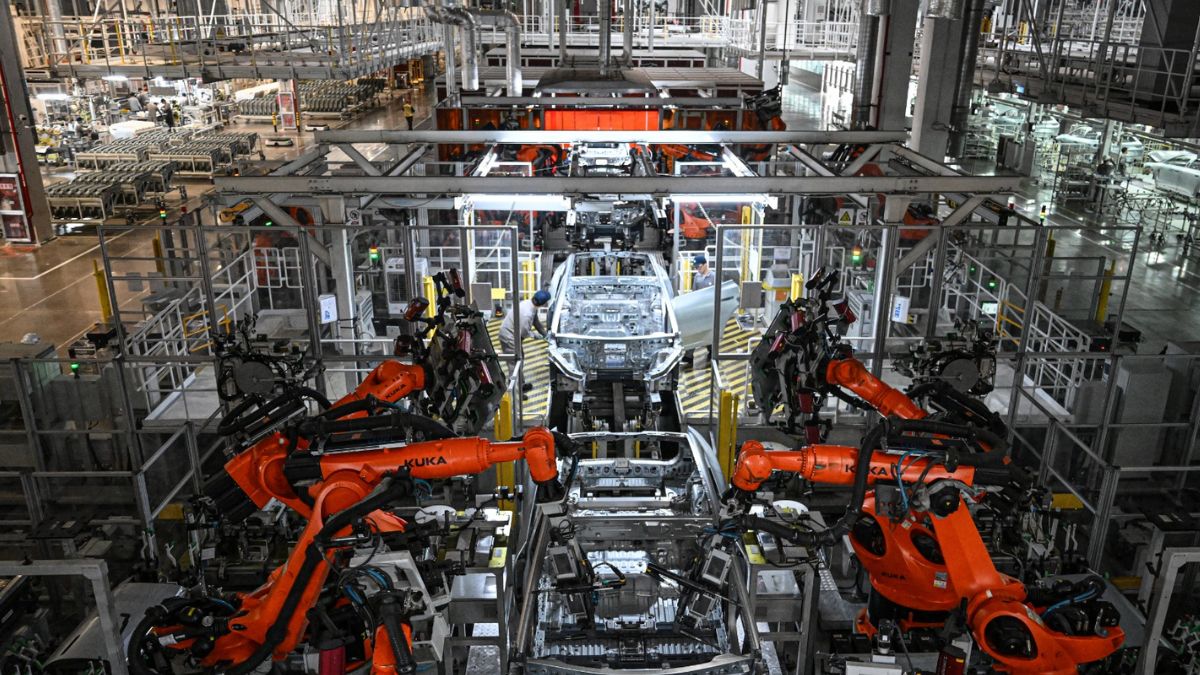China’s manufacturing sector bolstered its global lead last year by adding 295,000 new industrial robots, countering fears of decline amid its shrinking population. Despite losing 1.39 million people in 2024, the nation now operates a record 2.027 million industrial robots the largest fleet worldwide, according to the 2025 International Federation of Robotics World Robotics Report.
Robots accounted for more than half of the world’s 542,000 new installations, with Chinese factories leading the way. These machines perform tasks such as welding car frames, assembling electronics, and moving heavy loads with precision, helping to fill labour gaps caused by demographic changes.
Professor Gao Xudong of Tsinghua University’s School of Economics and Management said: “It’s an inevitable trend that more simple, repetitive tasks will be done by robots in the future, though some creative and complex tasks still require human ingenuity. Despite the shrinking overall population, with improvements in workforce education and the widespread use of robots, China’s manufacturing industry has no problem in maintaining and enhancing its competitive edge," reported the South China Morning Post (SCMP).
Global robot market and future trends
While China added 295,000 units in 2024, a 5 per cent rise, Japan followed with 44,500 and the United States with 34,200. Global installations rose by 9 per cent to 4.664 million.
Humanoid robots are emerging as the next stage of industrial transformation. Although exact order numbers remain unclear, companies are rapidly moving from research and development to commercial deployment. In August, Guangdong-based Tiantai Robot secured an order for 10,000 humanoid robots, the largest in the industry’s history, aimed at serving the elderly care market.
However, experts caution China still faces challenges. By 2030, the country is projected to face a shortage of 50 million high-skilled blue-collar workers, according to China’s Human Resources and Social Security Information Centre, reported SCMP. Skilled workers will be essential to support the growth of intelligent industries, including robot maintenance and operation.
)